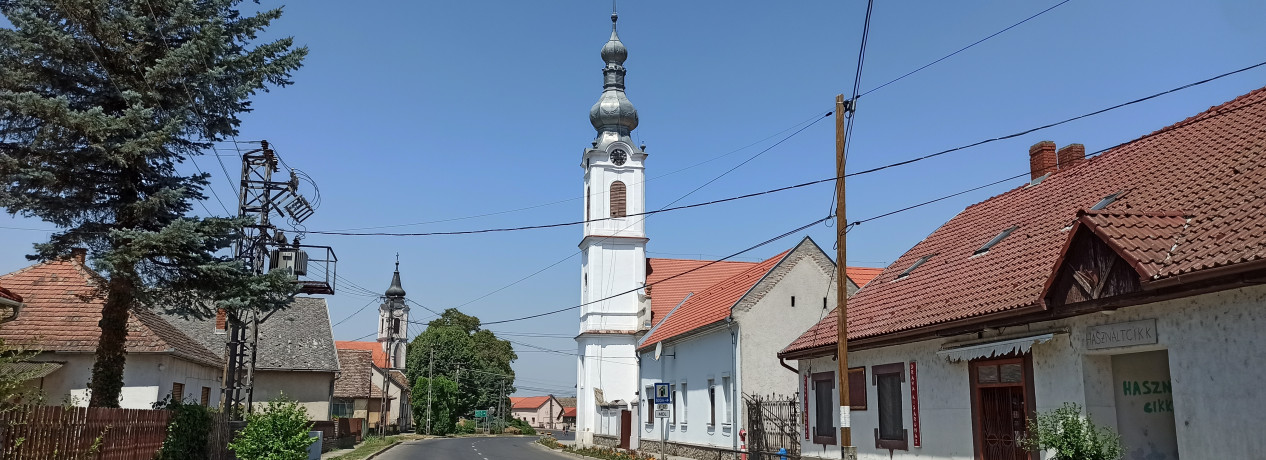About the city
Vajszló is near the southern border of Hungary, in the heart of the region known as Ormánság, 33 kilometers from Pécs and 11 kilometers from the Drava. It is home to about 1,700 people. The writer János Kodolányi (1899–1969) spent the formative years of his childhood here, and the Ormánság played an important role in his works. His life and the history of twentieth-century Hungarian literature are on display in a permanent exhibition across from his one-time residence in Kossuth Street.
The Ormánság is a distinctive region on the floodplain of the Drava River, an area with many small villages, typical of Baranya Country. The largest settlements are Sellye and Vajszló, the latter of which was traditionally the center of the region. It is a farming town which is particularly famous for its sweet watermelons. It has a unique ethnographical and sociographical history and makeup, even in the Hungarian context. Historians and social scientists have devoted numerous works to the study of the reasons for the relative backwardness which was once particularly characteristic of the region, including its social, economic, and infrastructural features, such as the problem of families having only one child, which, in part at Kodolányi’s urging, began to concern writers like László Németh and Gyula Illyés.
Most of the people of Ormánság belong to the Calvinist Church. Their unique painted coffered churches (in the villages of Drávaiványi, Adorjás, Kórós, and Kovácshida) bear elements of the ancient Hungarian symbolic system. Thanks to a central support program, most of them have been restored over the course of the last decade. The majority of the churches can be visited when services are not being held. Tours are given by enthusiastic local guides and caretakers.

